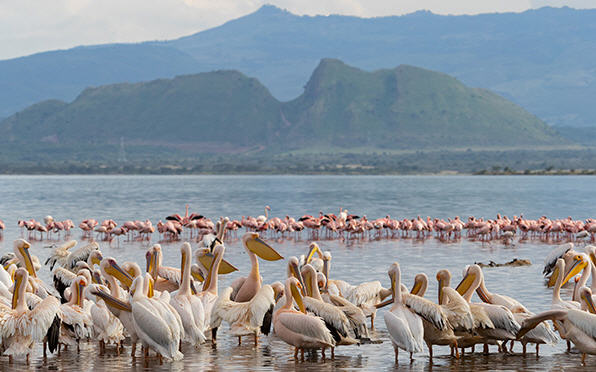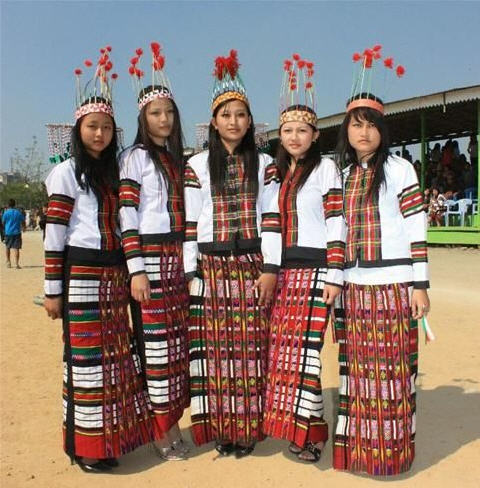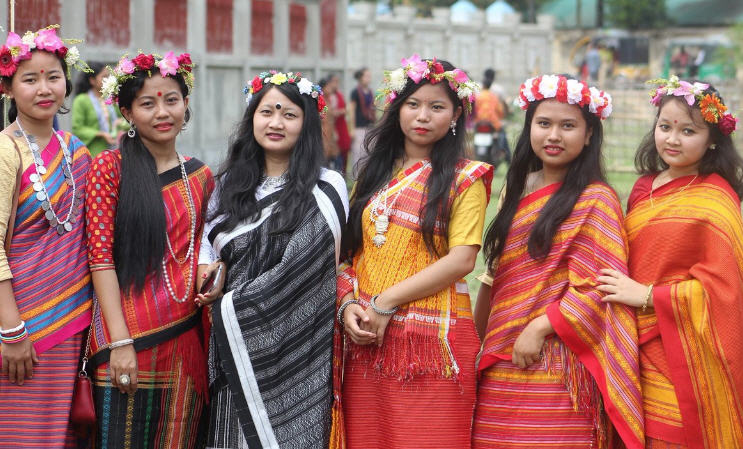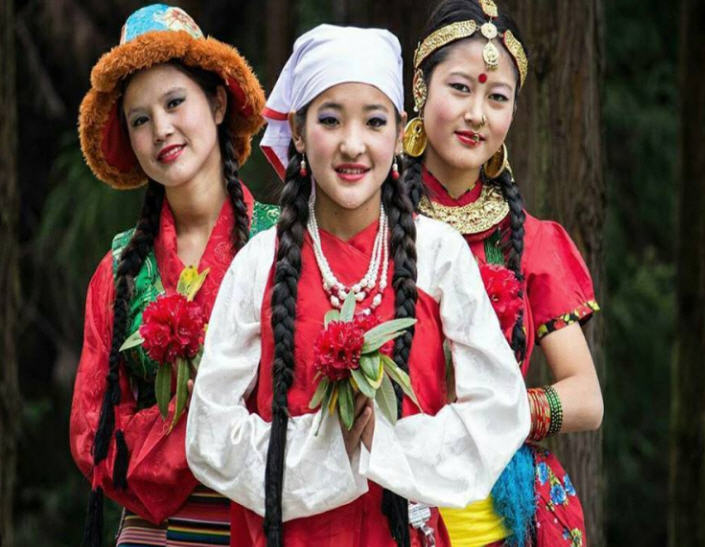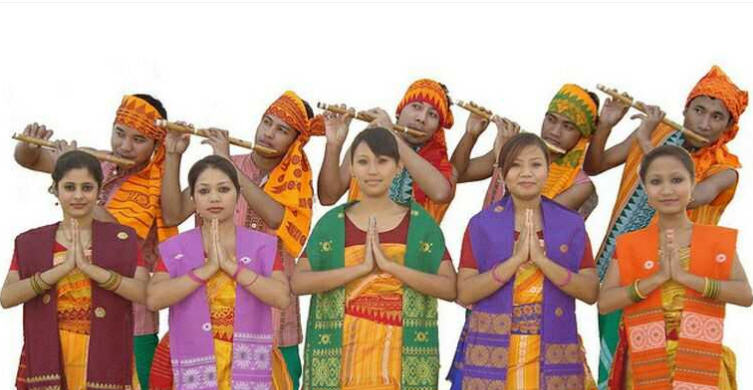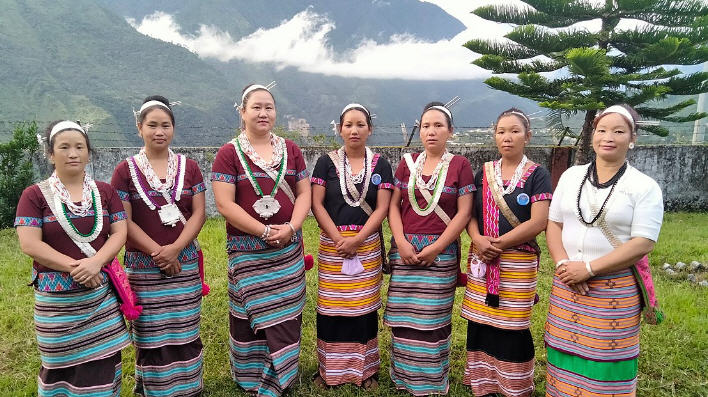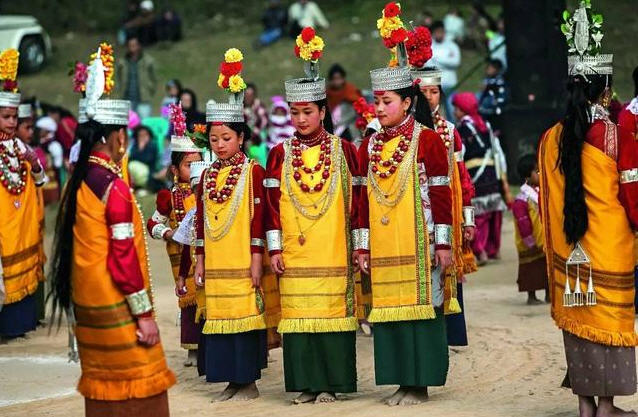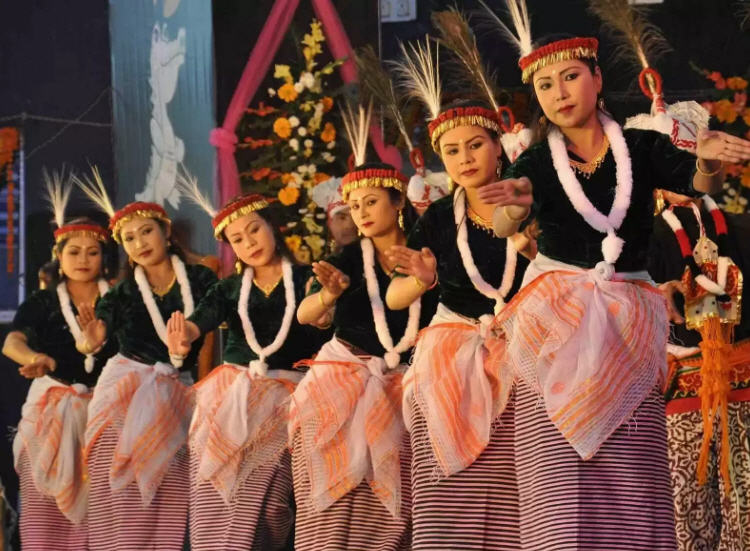
Manipur, a land of mesmerizing landscapes and a rich cultural heritage, is a hidden gem in India’s northeastern region. This enchanting state offers an array of natural wonders, diverse traditions, and an unforgettable experience for travelers. In this comprehensive guide, we will delve into the heart of Manipur, exploring its breathtaking beauty, vibrant culture, and exciting adventures.
The Enigmatic Land of Manipur
Unveiling Manipur’s Geography
Nestled in the northeastern part of India, Manipur is blessed with an array of geographical wonders. It is surrounded by the lush green hills of Nagaland, Mizoram, and Myanmar, making it a true paradise for nature enthusiasts. With its moderate climate, Manipur is a year-round destination for travelers looking to escape the hustle and bustle of city life.
Manipur’s Unique Culture
The cultural tapestry of Manipur is rich and diverse, making it a unique destination for those seeking an authentic experience. The state is known for its indigenous art forms, particularly classical dance forms like Manipuri and tribal rituals. The vibrant festivals, including the Manipur Sangai Festival and Yaoshang, showcase the state’s rich cultural heritage and are a must-see for visitors.
Exploring Manipur’s Natural Beauty
Dzuko Valley: The Jewel of Manipur
Nestled at the border of Nagaland and Manipur, Dzuko Valley is a paradise for trekkers and nature lovers. This valley is known for its breathtaking views of rolling hills, vibrant flowers, and lush greenery. The best time to visit is during the bloom of the rare Dzuko Lily in spring.
Loktak Lake: The Floating Paradise
Loktak Lake is famous for its unique phumdis (floating islands) that host the world’s only floating national park, Keibul Lamjao. The park is a sanctuary for the endangered Sangai deer, found only in Manipur. A boat ride on Loktak Lake will give you an unforgettable experience as you witness these rare creatures in their natural habitat.
Shirui Lily: A Botanical Marvel
Manipur is home to the endangered Shirui Lily, found on the peak of Shirui Kashong, making it a must-visit destination for botany enthusiasts. The vibrant red and white lilies bloom in May and June, creating a mesmerizing sight in the rolling hills of Ukhrul.
Adventure and Wildlife in Manipur
Keibul Lamjao National Park: The Last Sanctuary of Sangai
Keibul Lamjao National Park, located in the heart of Loktak Lake, is the last refuge of the Sangai deer. It’s also a haven for bird watchers with various avian species. Explore the park’s lush greenery, enjoy boat rides, and spot the elusive Sangai deer that roam freely in this unique habitat.
Adventure Sports in Manipur
Manipur offers an adrenaline rush with activities like trekking, rock climbing, and white-water rafting. The Suram Tribe Adventure Resort and the Manipur Mountaineering Institute are the perfect spots to kick-start your adventure journey.
Savoring Manipur’s Culinary Delights
Manipur Cuisine: A Flavorful Journey
The cuisine of Manipur is as diverse as its culture. Explore the delectable flavors of Eromba, Iromba, and bamboo shoot-infused dishes. Don’t forget to savor the famous Manipuri rice beer, Euphorbia, and freshly brewed teas.
Where to Stay in Manipur
Accommodations for Every Traveler
Manipur offers a range of accommodations to suit every budget. From luxury resorts with panoramic views of the Loktak Lake to homestays where you can experience the warmth of Manipuri hospitality, you’ll find the perfect place to stay.
Conclusion
Manipur, with its unparalleled natural beauty, rich culture, and adventurous spirit, is a destination waiting to be explored. Whether you’re a nature enthusiast, a culture buff, or an adventure seeker, Manipur has something for everyone. So, pack your bags and get ready to immerse yourself in the magic of this hidden paradise.
